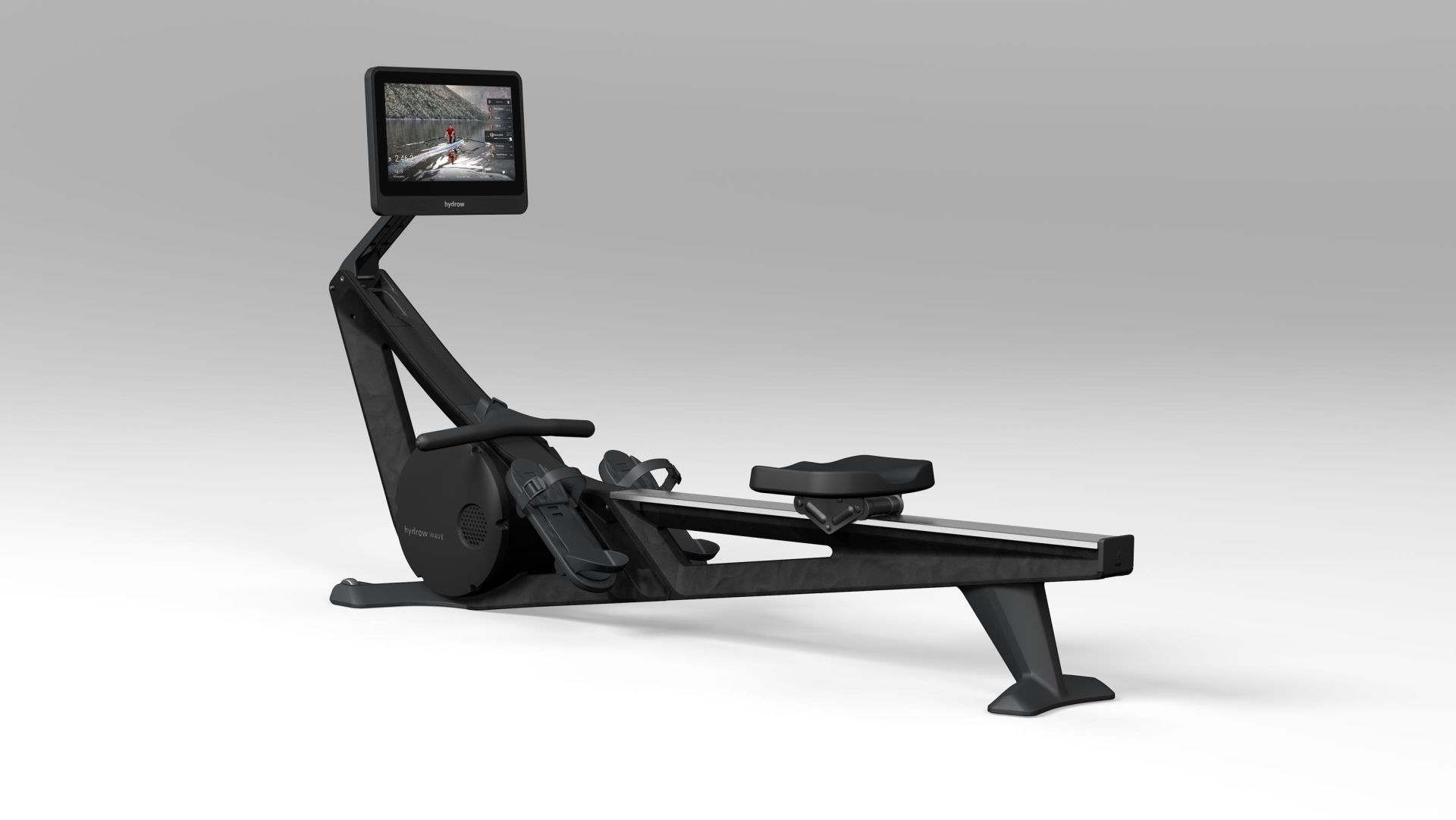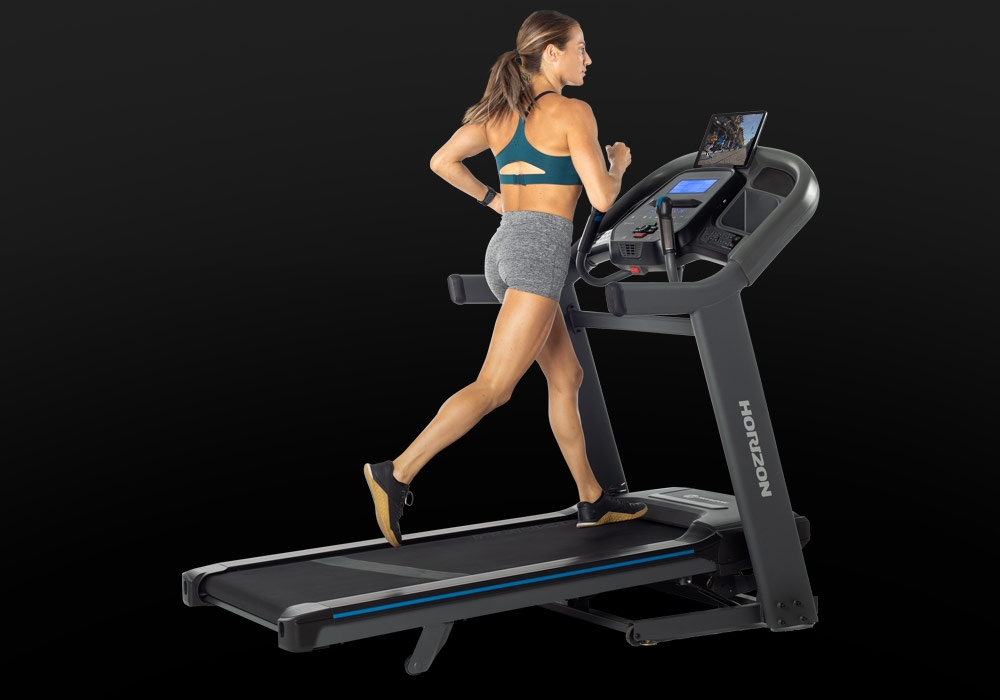Hydrow Wave Rower – Indoor Rowing Machine
30% smaller and lighter: perfect for smaller spaces, with a 16” HD screen and your choice of colors. Connect instantly to bluetooth & heart rate monitors. On the water workouts led by expert Athletes and Olympians.






by David
I’ve rowed for a total of five days now, so I am a complete novice. The Hydrow is incredibly easy and enjoyable to use. The “learn to” workouts are great for a novice like me. The instructors have the right balance of teaching and motivation without the silly bombastic hyperbole. Loving it so far!
by Eric
Really well put together workouts. Easy to build a habit with this system. Love earning badges.
by Beth
I am loving my new rower! I love all the versatile options for workouts. Set up was very easy and started immediately! Great instructions and encouragement!
by Dee
I am absolutely loving my hydrow! It is so smooth and easy to us. Building my endurance everyday and love watching my progress!
by Connie
Fast shipping, extremely well built and the rowing classes and exercise programs are seemingly endless. I am a very skeptical buyer and I’ve had no disapointments.